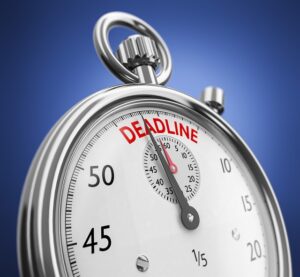Do you use energy benchmarking to assess your building’s performance? If not, now is the time to start. Energy benchmarking can help you make the most of the energy usage in your building and save money in the process. In this blog post, we’ll explore why your business needs to invest in energy benchmarking and some key strategies to help improve your building’s efficiency over time. From reduced costs and increased comfort levels, there are countless benefits that come with improving a building’s performance—so let’s take a look!
What Is Energy Benchmarking?
Energy benchmarking is an important tool to help measure energy efficiency in buildings. It compares energy consumption levels of buildings against similar facilities, allowing for energy performance comparisons over time and aiding in energy conservation decisions.
Through energy benchmarking, building owners and property managers can monitor energy usage trends to identify problems, find energy savings opportunities across their portfolio or facility, and track progress and investments over time. In addition to helping buildings become more energy efficient, benchmarks also provide a way to measure the effectiveness of upgrading building systems with cutting-edge technology like renewable energy sources. As such, energy benchmarking is a valuable tool in the push toward green energy solutions that can help us save on operating costs and benefit the environment.
How Can Energy Benchmarking Data Improve A Building’s Energy Performance?
Benchmarking a building’s energy performance is essential in driving consumers towards higher-performing buildings. With benchmarking data, businesses and organizations can better understand their building’s energy performance and set targets for improved energy use and efficiency.
There are benchmarking and transparency policies that promote the usage of benchmarking data and platforms, such as Energy Star Portfolio Manager, which allows users to compare their benchmarked buildings with other similar buildings in terms of energy use, consumption, emissions, and performance.
Benchmarking a building’s energy performance can equip owners to identify potential opportunities for reducing energy costs and help to reduce waste so that they can make meaningful improvements in their buildings’ energy performance.
Why Is Energy Benchmarking Important For Building Owners?

Energy benchmarking is an invaluable tool for building owners looking to reduce energy consumption and, ultimately, energy costs. By providing energy data collected from metering and energy use analysis, energy benchmarking helps building owners gain insight into their energy consumption. This data provides a snapshot of energy consumption in comparison to the energy performance of other similar buildings, helping them evaluate energy performance and understand how costly changes to their facility could impact energy use over time.
For this reason, benchmarking has become an important part of the environmental protection agency’s (EPA) efforts toward creating more sustainable energy practices across the nation. For any property owner looking to make their building more energy-efficient and cost-effective, energy benchmarking is an invaluable tool that should be taken advantage of today.
How To Conduct Energy Benchmarking Assessment?
Energy benchmarking is an important part of building performance standards, as it helps to track energy consumption data and use it to implement energy-saving initiatives. An energy benchmarking assessment should begin with a survey to understand the building’s physical characteristics, including its size and age. Next, analyze building energy bills and other documents related to building operations.
After collecting relevant information and data, compare the building’s Energy Star score against similar scores from other buildings in the area and develop potential ways to improve its score. With continued effort and consistent monitoring of the building’s energy usage, progress can be tracked over time to continuously reduce energy costs and drive greater efficiency for a more sustainable building.
Tips To Reduce Energy Consumption Of A Building
Here are some tips to reduce the energy consumption of a building:
1. Utilize Natural Lighting: Take advantage of natural light to reduce the need for electric lighting during the day. Installing larger windows, and skylights, and adding reflective surfaces can all help to bring more natural light into your building while reducing energy consumption.
2. Install Motion Detectors: Automatically turning off lights when no one is in the room can greatly reduce energy consumption. Installing motion detectors or sensors on lights and other appliances can help you save money.
3. Install Efficient Lighting: Replacing traditional bulbs with LED bulbs can result in significant energy savings. Also, using task lighting instead of main lighting to reduce your energy costs.
4. Utilize Power Strips: Plugging all computers and other electronics into one power strip can help reduce energy consumption by cutting off their power when not in use. You can also set a timer on the power strip so that it will automatically shut off after a certain period of time.
5. Insulate Your Building:Insulating your building can help to keep the warm air inside during the winter and cool air inside during the summer. This can reduce your energy costs as you won’t need to use heating or cooling systems as often.
6. Upgrade To Energy-Efficient Appliances: Replacing old appliances with newer, more efficient models can help you cut energy costs. Look for ENERGY STAR-certified appliances to ensure you get the most efficient models available.
7. Utilize Smart Thermostats: Installing programmable thermostats, and smart thermostats can help you better manage the temperature in your building without overworking your heating and cooling systems. This can help you save money while still maintaining a comfortable environment.
Following these tips can reduce your energy consumption and lower your utility bills. Taking steps to become more energy efficient is an important part of being eco-friendly and responsible for the environment. Your efforts will also pay off in terms of savings as well!
Benefits Of Energy Benchmarking

Let’s have a look at the benefits of energy benchmarking:
1. Cost Savings: Energy benchmarking provides a clear understanding of energy use and helps to identify cost savings opportunities. It allows organizations to track and measure their performance, compare it with similar buildings, set goals for improvement, and develop strategies for achieving those goals.
2. Improved Performance: Benchmarking reveals inefficiencies and areas of improvement in the energy use of a building. It helps to illustrate how buildings operate and enables organizations to track progress over time. This information can be used to make informed energy consumption and performance decisions.
3. Increased Awareness: Energy benchmarking encourages improved awareness of energy use among occupants and staff members, which often leads to increased consciousness and a better understanding of how energy can be used efficiently.
4. Improved Energy Efficiency: By benchmarking the energy use of a building, organizations can develop strategies for improving its efficiency. This process helps identify areas where improvements can be made to reduce overall energy consumption and save money on utility bills.
5. Increased Value: By making the necessary improvements to a building’s energy efficiency and performance, organizations can increase its value in the market by demonstrating to potential buyers that the building is well-managed and has a low environmental impact.
Energy benchmarking is an important tool for helping organizations save money on energy costs and improve the overall performance of their buildings. It is a simple, cost-effective way to track and analyze energy use, identify opportunities for improvements, and set goals for future energy efficiency initiatives. Ultimately, benchmarking can lead to greater savings in energy costs and an improved bottom line for organizations.
Best Energy Benchmarking Tools
Regarding energy benchmarking, the best tools are those that provide detailed analytics, allow for customization and offer specific recommendations for efficiency improvement. Some of the top tools on the market today include Energy Star Portfolio Manager, and VertPro®.
These programs provide various features to simplify energy benchmarking in commercial and buildings, such as user-friendly dashboards, automated data updates, and rebate options. With these powerful tools, anyone can improve energy efficiency with just a few clicks!
Things To Consider When Investing In Energy Benchmarking
Investing in energy benchmarking is a great way to improve the environment and cut your operating costs. Whether you are an individual investor or a company looking to reduce emissions, it’s important to consider a few components when determining the best strategy. First, identify what types of energy sources you need to analyze.
Then assess the current and projected usage of that energy source by collecting data from previous bills or surveys of the customer base. Additionally, you should take into account how long it will take for any changes made through energy benchmarking to take effect; for example, if new equipment is being installed, this can significantly raise upfront costs but save money in the long run by heading off higher utility bills down the road.
Finally, think about potential savings over time — are there any potential incentives you can use? If so, capitalize on them and maximize your return on investment while helping protect our planet.
Conclusion
Energy benchmarking is a valuable tool for improving building performance. By understanding how your buildings use energy, you can make informed decisions about where to invest in improvements. Benchmarking allows you to compare your building’s performance against similar properties and track progress over time. If you’re not already using energy benchmarking, now is the time to start!
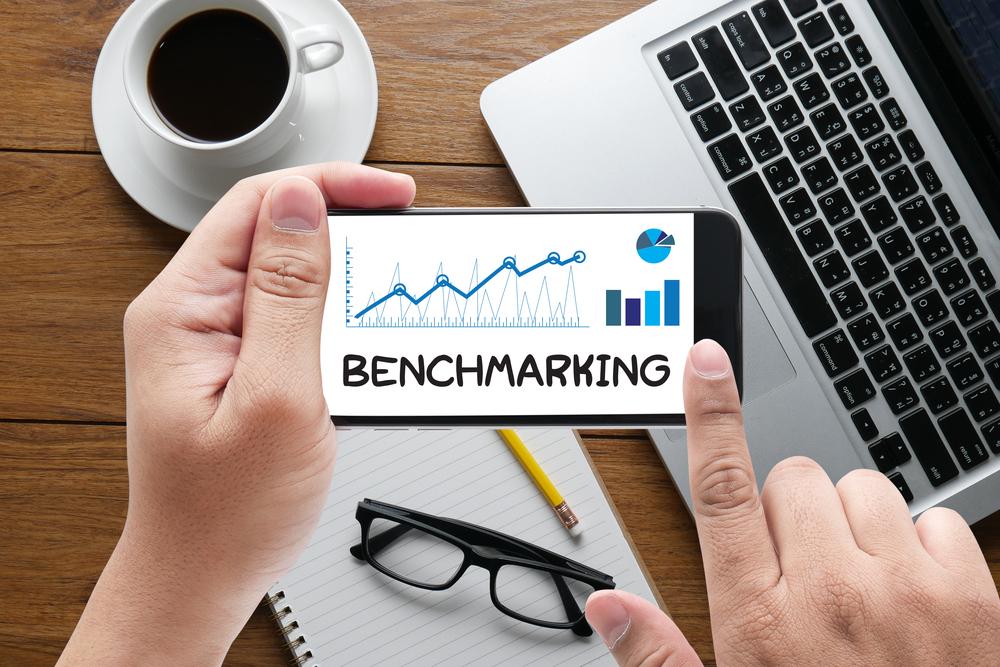






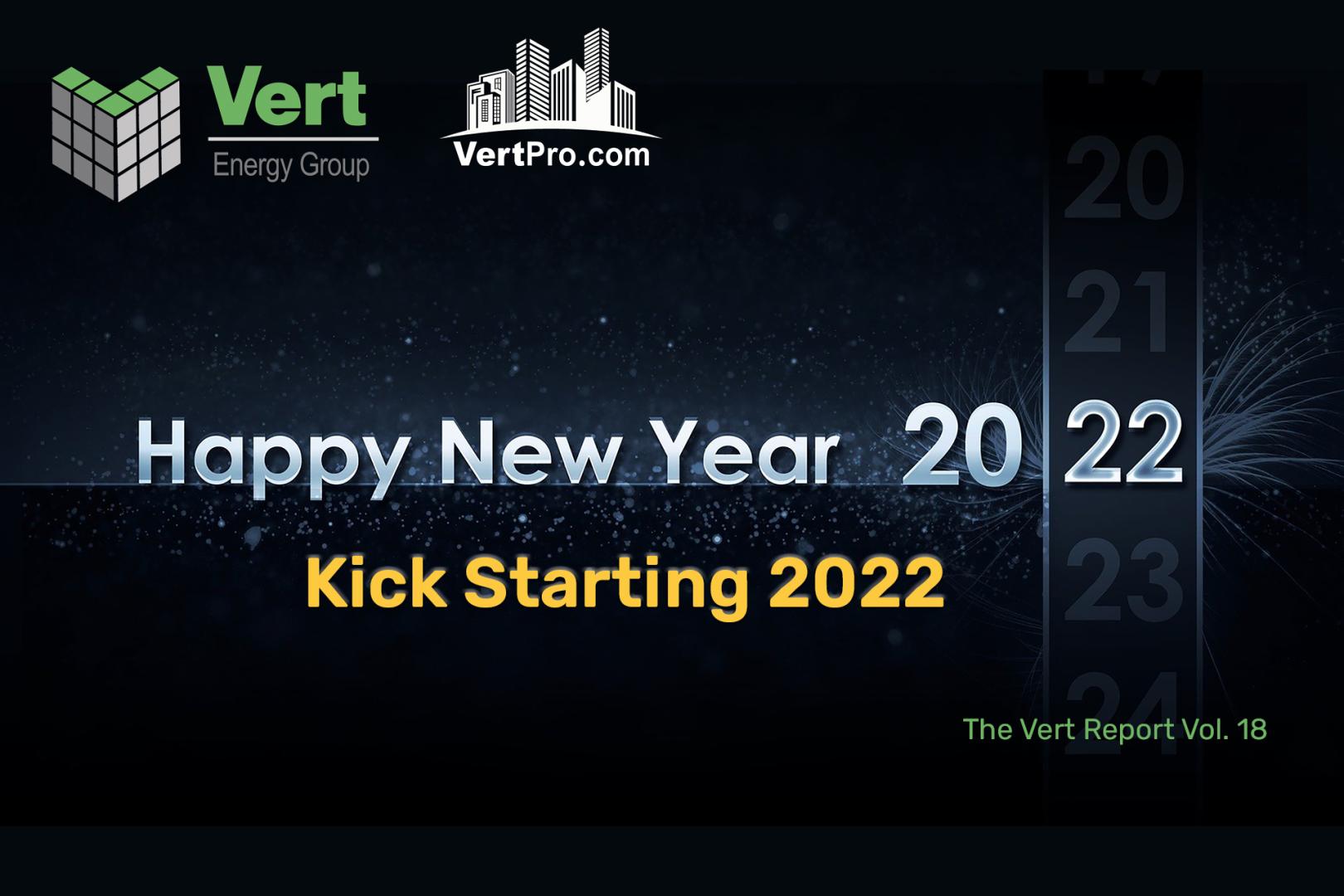
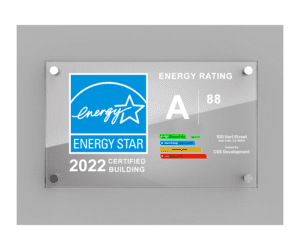 When you go shopping for appliances it’s not uncommon to see a little blue label indicating the product is “ENERGY STAR Certified” and therefore more energy efficient. Now that same little blue label can be applied to buildings via ENERGY STAR Certification (ESC). Benchmarking a property is the steppingstone towards applying for an ESC, but there’s a lot more work involved (i.e., paperwork and site inspections). If qualified, the work involved in the application alone can be enough to deter you from applying. However, the financial benefits of being an ENERGY STAR Certified building alone is hard to beat.
From a financial perspective, being ENERGY STAR Certified can help you save and earn money in the long run. According to
When you go shopping for appliances it’s not uncommon to see a little blue label indicating the product is “ENERGY STAR Certified” and therefore more energy efficient. Now that same little blue label can be applied to buildings via ENERGY STAR Certification (ESC). Benchmarking a property is the steppingstone towards applying for an ESC, but there’s a lot more work involved (i.e., paperwork and site inspections). If qualified, the work involved in the application alone can be enough to deter you from applying. However, the financial benefits of being an ENERGY STAR Certified building alone is hard to beat.
From a financial perspective, being ENERGY STAR Certified can help you save and earn money in the long run. According to 
 Monday, January 17th marks the 39th year since legislation officially made the third Monday of January a federal holiday to honor Martin Luther King Jr and all his achievements and influence during the Civil Rights movement. Martin Luther King Jr helped America to see that there were ways to discuss civil rights injustices and racism without resorting to violence. One of Martin Luther King Jr’s most notable demonstrations of nonviolent protest was the Montgomery Bus Boycott of 1955.
Monday, January 17th marks the 39th year since legislation officially made the third Monday of January a federal holiday to honor Martin Luther King Jr and all his achievements and influence during the Civil Rights movement. Martin Luther King Jr helped America to see that there were ways to discuss civil rights injustices and racism without resorting to violence. One of Martin Luther King Jr’s most notable demonstrations of nonviolent protest was the Montgomery Bus Boycott of 1955. 
 Search by Zip to Find Applicable Energy Laws
Search by Zip to Find Applicable Energy Laws
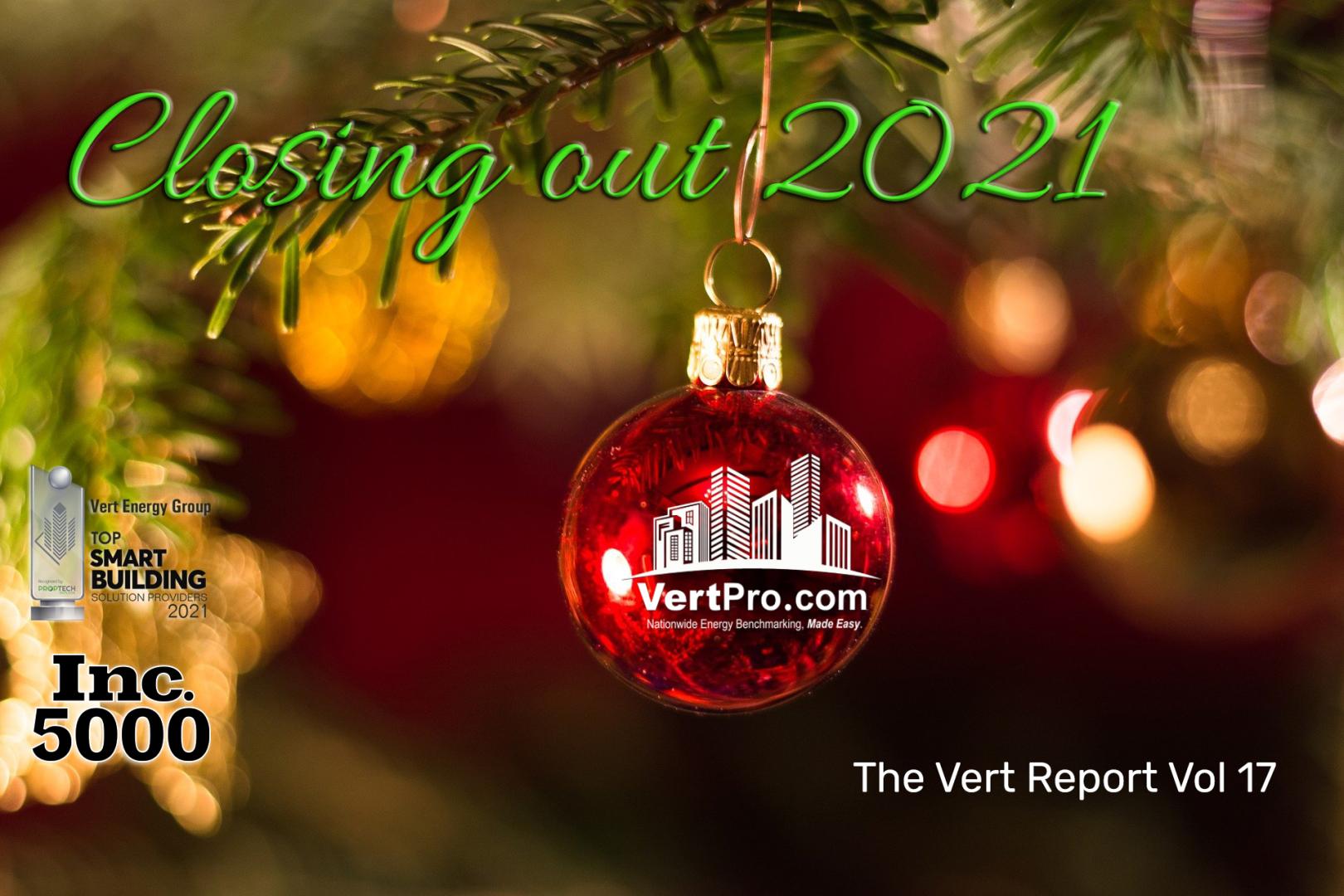
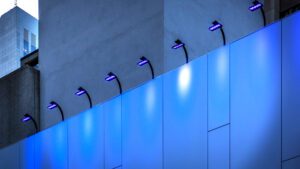
 Happy holidays! The great thing about the winter holidays is that there are so many variations to the same holiday. Take Christmas for example. Across the world, children are told stories of a man – most notably referred to as Santa Claus – who knows who has been naughty and nice and delivers gifts to the good children. In the U.S. kids leave cookies and milk for Santa while kids in
Happy holidays! The great thing about the winter holidays is that there are so many variations to the same holiday. Take Christmas for example. Across the world, children are told stories of a man – most notably referred to as Santa Claus – who knows who has been naughty and nice and delivers gifts to the good children. In the U.S. kids leave cookies and milk for Santa while kids in 

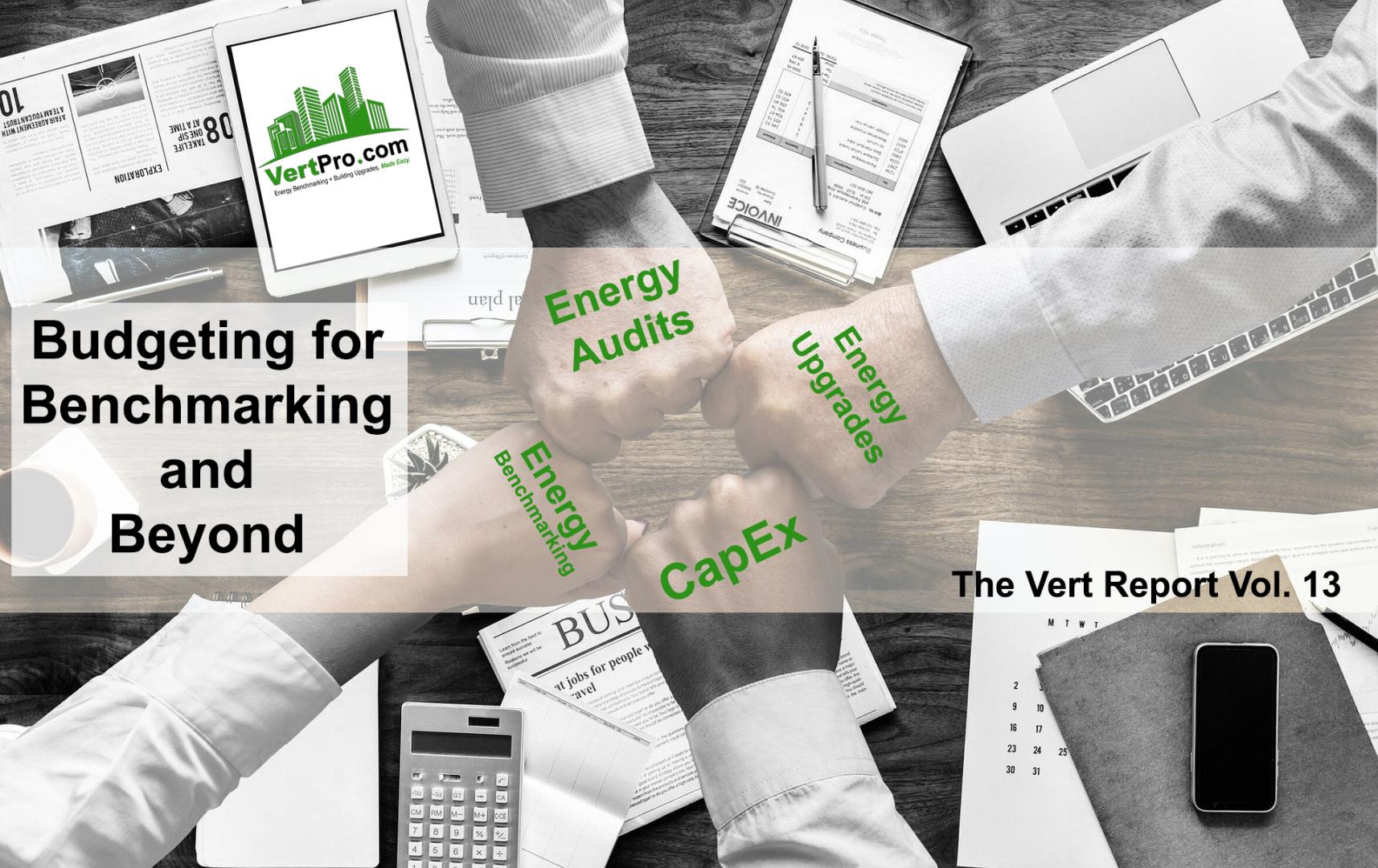
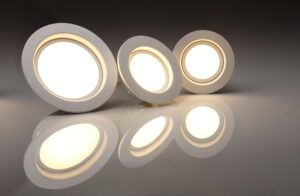 According to the
According to the 